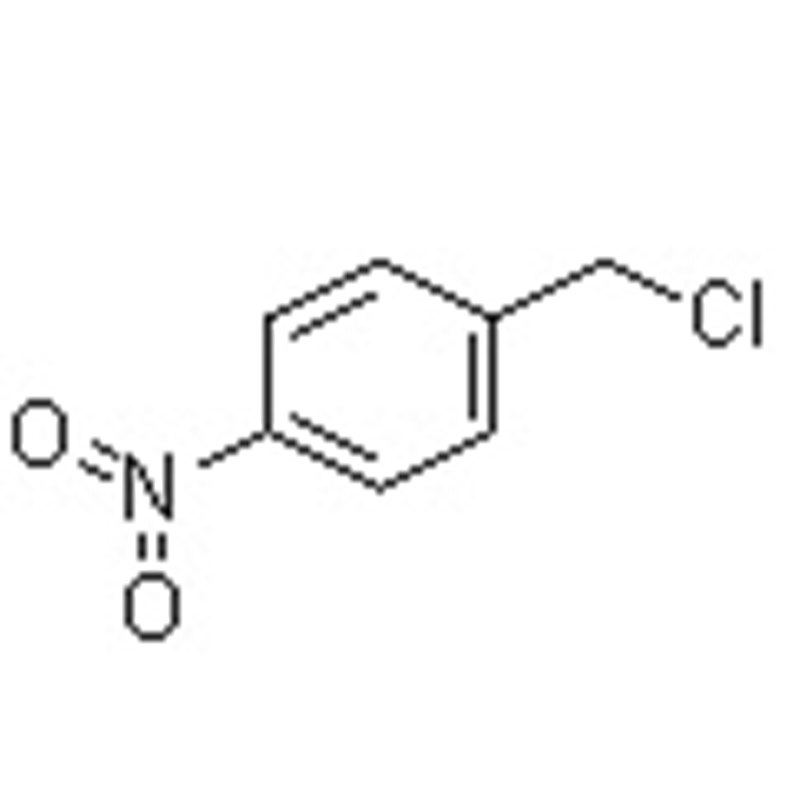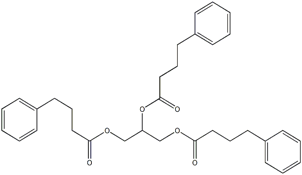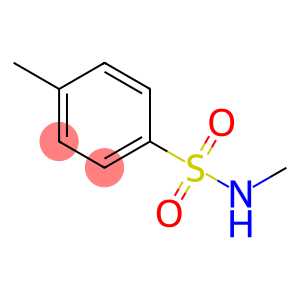(E)-2-Buten-1-ol(CAS# 504-61-0)
| Hazard Symbols | Xn – Harmful |
| Risk Codes | R10 – Flammable R21/22 – Harmful in contact with skin and if swallowed. |
| Safety Description | 36/37 – Wear suitable protective clothing and gloves. |
| UN IDs | UN 1987 3/PG 3 |
| WGK Germany | 3 |
| RTECS | EM9275000 |
Introduction
(E)-Crottonol is an organic compound. It is a colorless liquid with a special fragrance. Here are some important properties regarding (E)-Crotonol:
Solubility: (E)-Croton alcohol is soluble in organic solvents such as ethanol, ether and chloroform, and insoluble in water.
Odor: (E)-Croton alcohol has a pungent odor that can be detected by people and cause discomfort.
Thermal stability: (E)-Croton alcohol has good thermal stability at high temperature and is not easy to decompose.
(E)-Croton alcohol has a wide range of uses, including:
There are several main methods for preparing (E)-crotonol:
Rose butyraldehyde catalytic hydrogenation: Through the action of a catalyst, rose butyraldehyde is reacted with hydrogen to obtain (E)-crotonol under appropriate reaction conditions.
Synthesis of hydrobenzophenone: Hydrobenzophenone is first synthesized, and then (E)-crotonol is generated through a reduction reaction.
Toxicity: (E)-Crottonol is a toxic substance that may be harmful to the human body. Care should be taken to avoid direct exposure to the skin, eyes, and mucous membranes during use.
Precautions: Appropriate precautions should be worn when handling (E)-crotonol, such as lab coats, gloves, goggles, and protective masks.
Storage and handling: (E)-Croton alcohol should be stored in an airtight container, away from fire and flammable materials. Avoid contact with substances such as oxygen, oxidants, and strong acids.







![thiazolo[5,4-c]pyridin-2-amine(CAS#108310-79-8)](https://www.xinchem.com/uploads/pyridinamine.png)
